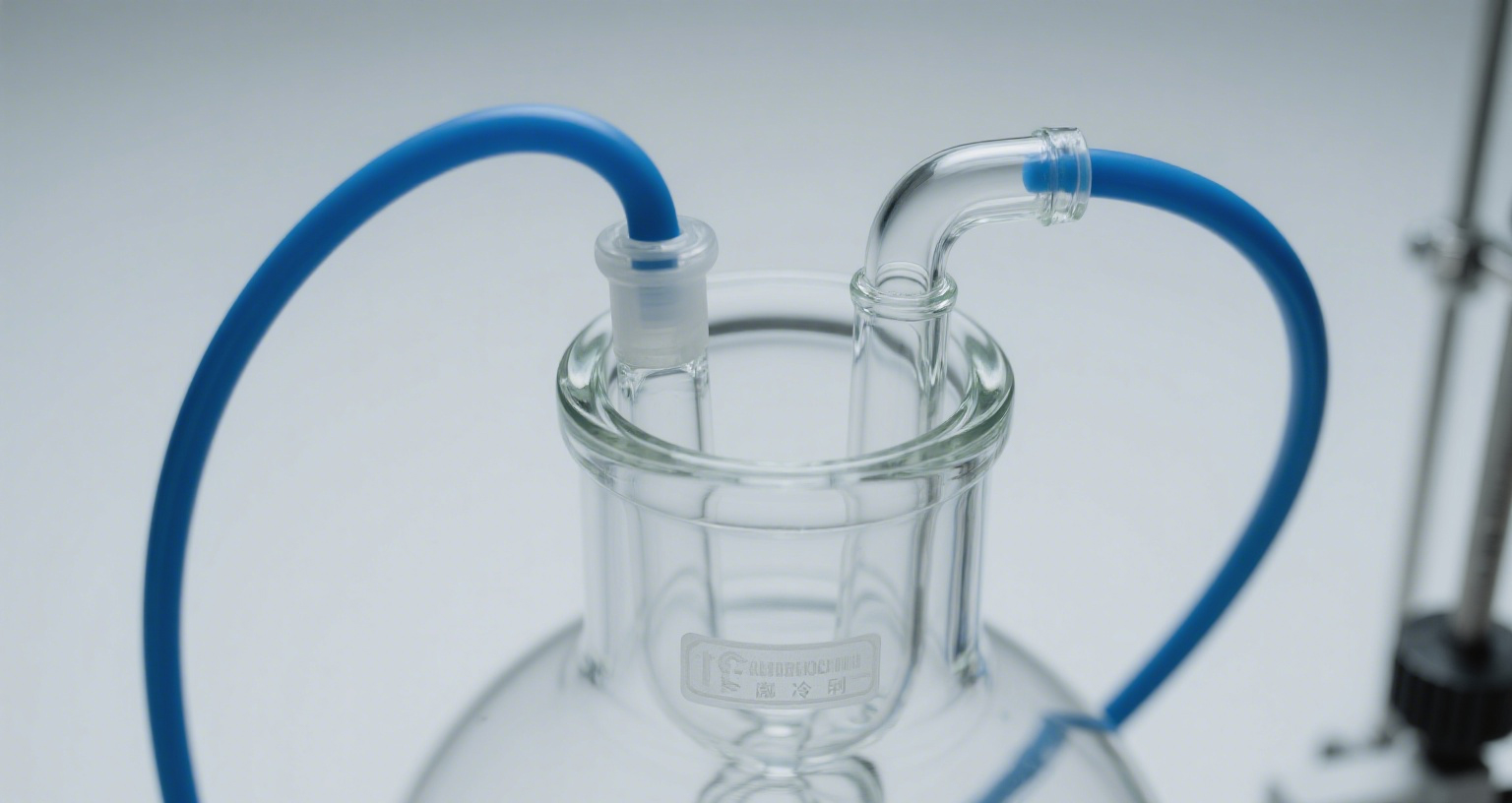 Industry News
Industry News "Tariff Deadline" in Countdown: Trump Opts for Direct Notifications, Axes Meeting Requires
"Tariff Deadline" in Countdown: Trump Opts for Direct Notifications, Axes Meeting Requires
2025-11-20
2025-11-20
2025-10-13
2025-08-27
2025-08-19
2025-07-30
 Current Affairs
Current AffairsIn laboratory environments, safety and compliance are of paramount importance when using rotary evaporators. Improper management of solvents and chemicals handled by such equipment can lead to significant risks. This article focuses on the key safety features of rotary evaporators and the importance of certification and standard compliance.
Core Safety Features
Overheat Protection prevents heating baths from exceeding safe thresholds through temperature limiting functions, avoiding thermal hazards or sample damage. It acts as a critical barrier when dealing with flammable solvents.
The Automatic Shutdown System stops the equipment immediately upon detecting abnormal temperatures, vacuum failure, or excessive pressure. A case from a brand showed that this function successfully prevented an ether explosion caused by cooling water failure.
The Vacuum Release Valve, though unassuming yet crucial, regulates system pressure smoothly. Lab technician Wang recalled, "During the distillation of dichloromethane, a sudden vacuum release prevented the glass components from bursting."
Modern high-end models adopt triple splash protection: rotary flask positioning clips, PTFE baffles, and detachable transparent shields.
The Emergency Stop Device – the red emergency stop button is ergonomically positioned to ensure it can be reached within 0.3 seconds.
Certification System Explanation
International certification marks are not just stickers but represent a complete set of quality systems: CE certification covers electromagnetic compatibility and mechanical safety directives; UL certification focuses on electrical safety, especially for the North American market; ISO 9001 ensures the continuous effectiveness of quality control systems.
Compliance Practice Points
For document verification, suppliers are required to provide: EU Declaration of Conformity (DoC), risk assessment reports, and traceability certificates for key components.
Periodic Verification is recommended quarterly: grounding resistance testing (≤0.1Ω), vacuum tightness testing (pressure retention decay rate <5%/h), and temperature calibration (deviation within ±0.5℃).
Personnel training should include abnormal pressure handling procedures, application of solvent compatibility matrices, and selection of personal protective equipment.
Case Warning
The use of uncertified equipment in a university laboratory resulted in direct economic losses of 280,000 yuan, a 4-month delay in the experiment schedule, and a 120,000 US dollar fine from OSHA.
Maintenance Recommendations
Establish digital management files to record daily operating parameters, monthly preventive maintenance, and annual third-party inspections.
